The Fresnel linear concentrator is a little known form of thermal solar energy generation. The operation of this technology is today’s subject.
Fresnel lens
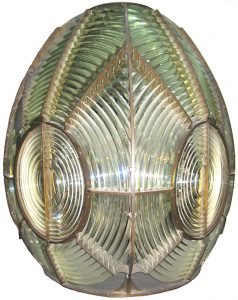
First, I will explain how the Fresnel lens work. It was invented by Augustin Jean Fresnel, in 1821. It has a much thinner shape than a conventional lens. The surface on one side is formed by many grooves that form concentrical rings.

For a convergent lens to produce an amplified image, the object must be positioned in a distance lower than the focal distance (between focal point and lens).
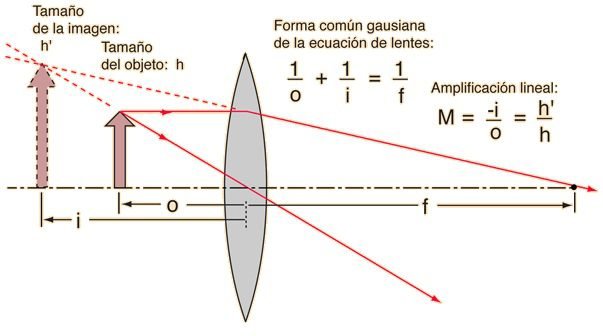
The equation of lens manufacturer.
\frac{1}{f}=(\frac{n_{lens}}{n_{air}}-1)(\frac{1}{R1}+\frac{1}{R2})
- n is the material’s refraction index.
- R1 and R2 are curvature radius of lens’ surface.
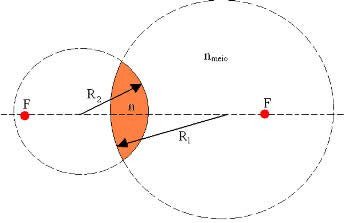
When lower focal distance f, higher the linear image amplification M. To reduce focal distance, must reduce lens curvature. It implies a very thick and heavy lens. The Fresnel lens allows a small focal distance with a much smaller thickness, each groove acts as a prism.

Some applications
Fresnel lens is used in overhead projectors and lighthouses because the weight of conventional lens makes these applications unviable.
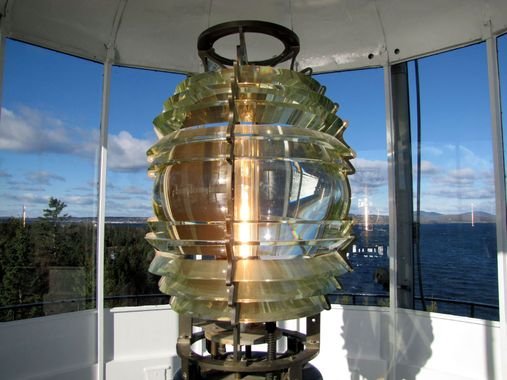
Are used in pyroelectric presence sensors.

Headlights and taillights of vehicles also use Fresnel lens and reflectors. This type of lens must not be used in applications where the image’s quality is important.
Fresnel linear concentrator
The Fresnel linear concentrator is formed by many mirrors oriented in north-south direction, which receive solar light and reflect to a receiver with a fluid. The mirrors need to incline according to the Sun’s apparent motion for better reflection of solar rays. Each mirror must have a different inclination angle.
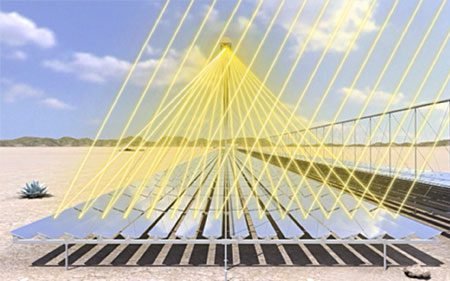
There is a secondary reflector close to the receiver tube to focus the light on fluid with more efficiency.

The liquid goes to hundred of degrees celsius and pass through the same process described in posts about thermal solar energy and solar tower.
Advantages and disadvantages
In addition to be a renewable source, other advantages are:
- The construction is simpler and cheaper than other thermal solar energy sources.
- The collector mirrors can be closer to each other, optimizing the occupied area.
While the disadvantages:
- The efficiency is lower than other thermal solar sources.
- As any solar source, has geographic limitation.




Sorry, but I wasn’t able to send this post to the e-mail list.